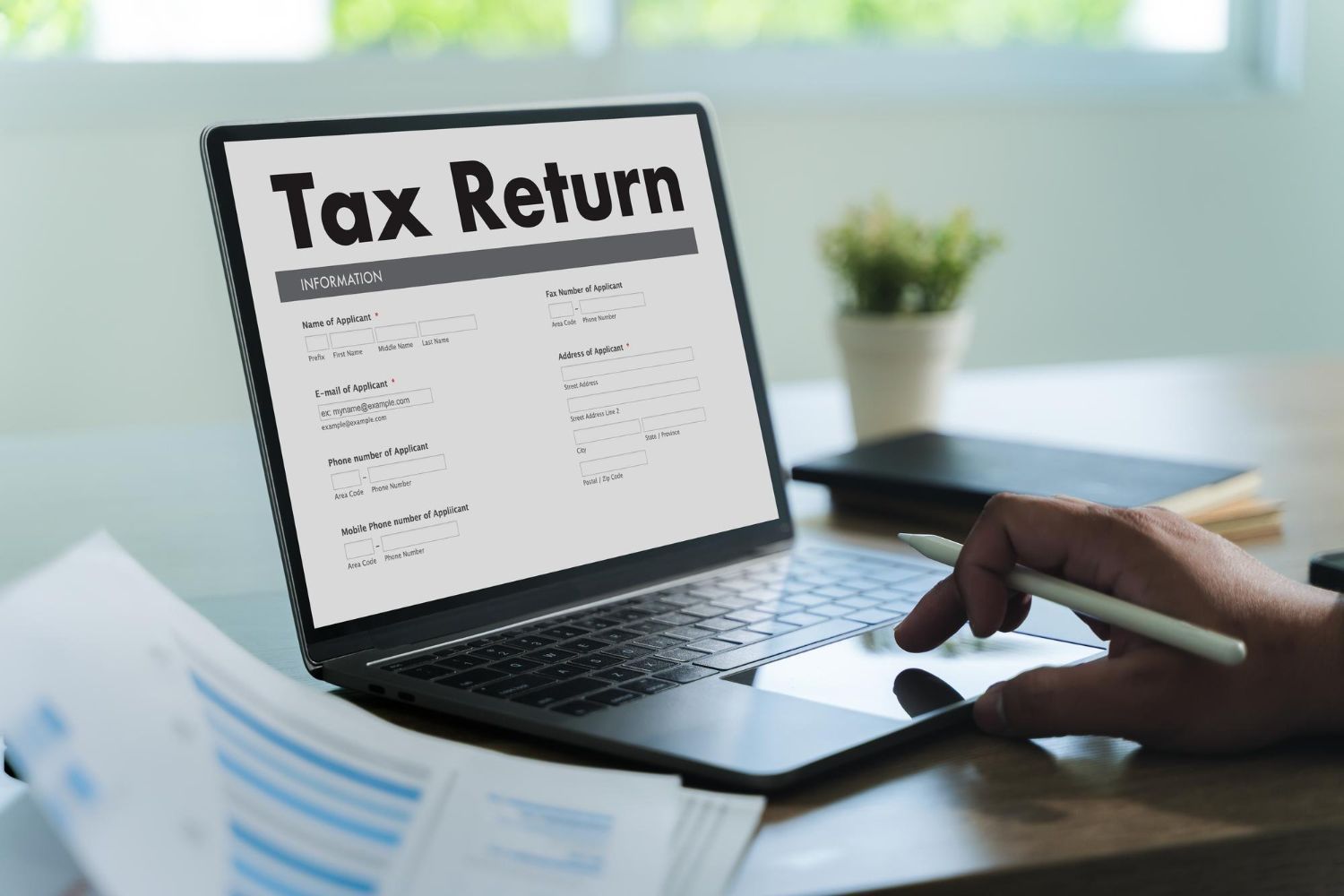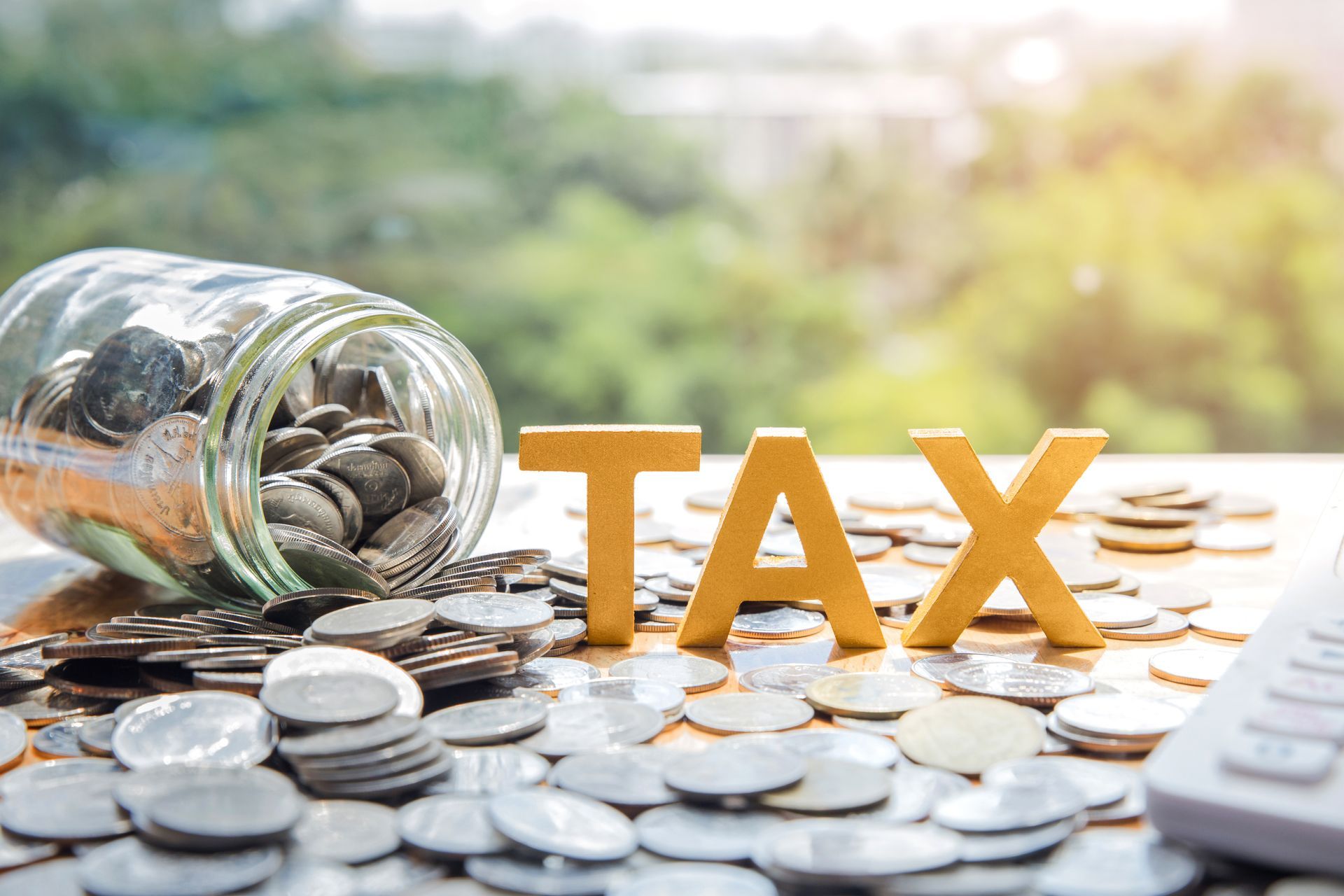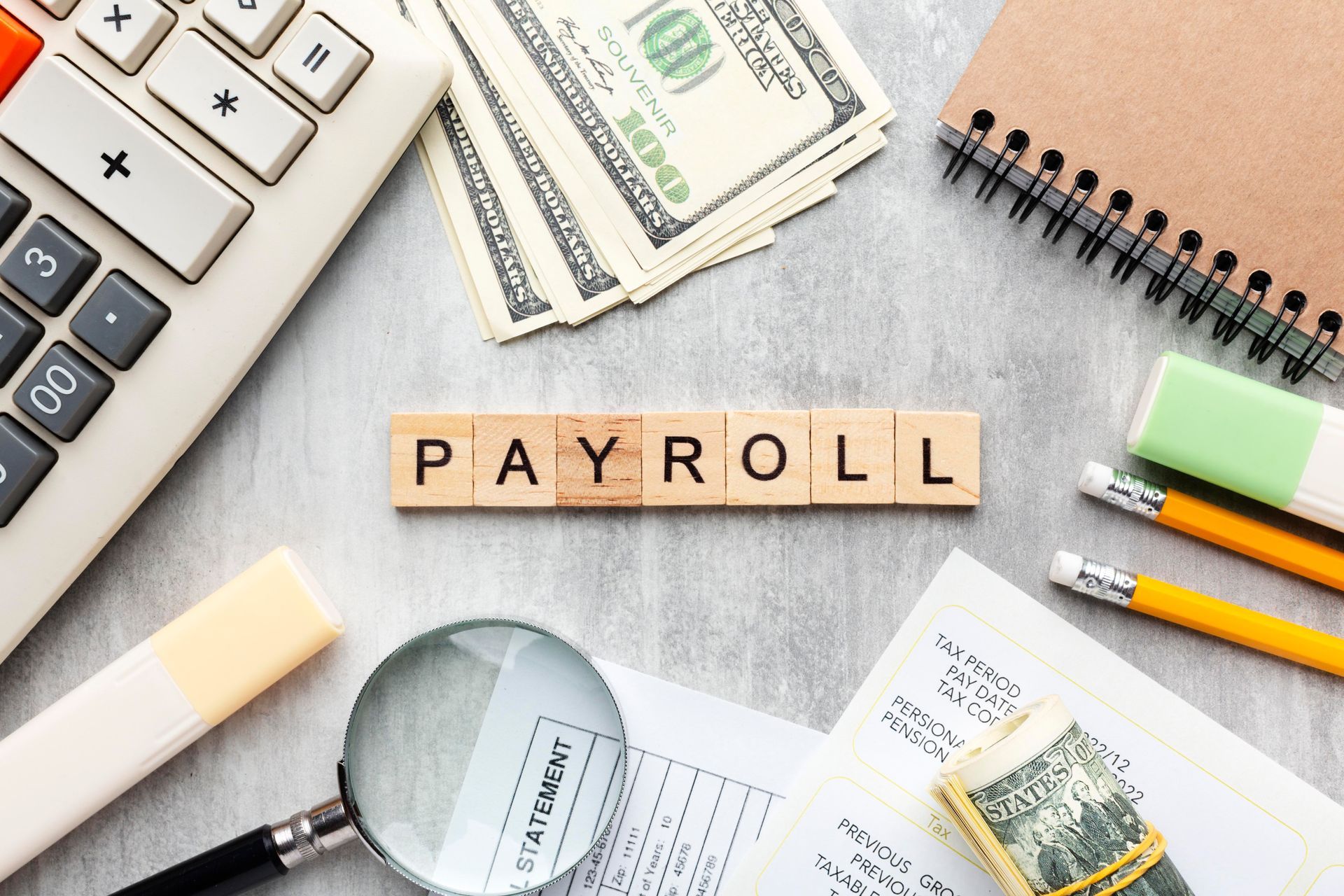RRSP vs. TFSA – Which should I contribute to?
RRSP vs. TFSA: Understanding the Differences and Pros/Cons
For the average Canadian, the Registered Retirement Savings Plan (RRSP) and the Tax-Free Savings Account (TFSA) are two of the most popular tax options available. However, it can be difficult to decide which one to contribute to or whether to contribute to both. To help you make an informed decision, here’s a breakdown of how each account works and their respective pros and cons.
The RRSP is designed to help you save for retirement and reduce your taxable income. Contributions to an RRSP are tax-deductible, and you won’t pay tax on the money until you withdraw it in retirement. On the other hand, the TFSA is a flexible savings account that allows you to earn tax-free investment income on your contributions. You can withdraw money from a TFSA at any time, and the contribution room is carried forward if you don’t use it.
When deciding which account to contribute to, it’s important to consider factors such as your current income, retirement goals, and overall financial situation. Both accounts have their own advantages and disadvantages, and the best choice will depend on your individual needs and circumstances.
By understanding the differences and pros/cons of RRSPs and TFSAs, you can make an informed decision and maximize your tax savings and investment potential.

What is a Registered Account and How Can it Benefit You?
Registered accounts are a type of investment account that provides tax benefits to Canadians. Both the RRSP and the TFSA are examples of registered accounts. What makes them special is that any growth earned within these accounts is tax-free. This means that you can earn interest, dividends, or capital gains without having to pay taxes on them.
This feature is especially important for long-term financial planning, such as saving for retirement. Every year that your investments grow tax-free, you are keeping more of your assets and have more to reinvest. Tax-free earnings have a higher rate of return than taxed earnings, which can compound over time and make a substantial difference in your retirement savings.
Understanding the Tax-Free Savings Account (TFSA) Rules: Contribution and Withdrawal
A Tax-Free Savings Account (TFSA) is a registered account that offers tax-free growth to Canadians. Unlike other registered accounts, there are no tax implications when you contribute or withdraw from a TFSA. As a Canadian over the age of 18, you earn contribution room each year, which is usually between $5,000 and $6,000 annually, according to the government’s rules. Your available contribution room at any given time is your total lifetime contribution room minus any contributions you’ve made in the past.
However, the withdrawal/re-contribution rules can be a little confusing. When you withdraw from your TFSA, you do get that contribution room back, but not until January of the following year. For example, if you have maxed out your TFSAs and have $0 contribution room left, and then you withdraw $1,000, you still have $0 contribution left. But as of January of the following year, that space opens up again, and you have that $1,000 worth of room back, along with the new year’s contribution allowance.
Also Read: GST/HST New Housing Rebates in Canada 2023
Understanding the Registered Retirement Savings Plan (RRSP)
The RRSP differs from the TFSA mainly in how contributions and withdrawals are handled. Unlike a TFSA, there is an immediate tax benefit to contributing to an RRSP. Funds contributed to an RRSP are eligible for a tax deferral, meaning they remove some of your income from the tax calculation. For instance, if you earn $50,000 and put $5,000 in an RRSP, you’ll be taxed as if you only earned $45,000.
However, it is only a deferral, not a permanent exemption from tax. When you withdraw funds from an RRSP, the deferral ends, and at that point, the income becomes taxable. When you withdraw your $5,000 again, you’ll be taxed as if it’s new income based on whatever your tax rate is at that time.
The benefit of deferral is that you can contribute to deferring tax when your tax rate is high (i.e., when your earnings are high) and make a withdrawal when your tax rate is low (i.e., when your earnings are low). The assumption is that RRSP contributions are made during your highest-earning years, while the withdrawals happen after retirement when your income is presumably lower. But in reality, you can make withdrawals at any time you think it’s necessary or strategic to do so.
Another difference between RRSPs and TFSAs is how contribution room is handled. Contribution space depends on your earnings. Every year, you get additional contribution room equal to 18% of your prior year’s earnings, up to an annual maximum. Unlike a withdrawal from a TFSA, where you get the contribution room back after a delay, once you make a withdrawal from an RRSP, you never get that contribution room back.
(Note that in some cases, such as the Home Buyers’ Plan (HBP) and the Lifelong Learning Plan (LLP), you can make a withdrawal from your RRSP but keep the tax deferral going, subject to certain repayment rules.)

Which One Should You Choose: RRSP vs. TFSA?
Choosing between a TFSA and an RRSP can depend on your income and tax situation. TFSAs are ideal if your income is low, and you want to start an investment portfolio with funds that are tax-free to withdraw. For instance, if you inherit a significant amount, contributing to a TFSA may be better than an RRSP since the latter’s tax deferral may not be as effective with a low-income, low-tax rate. Additionally, TFSAs have flexible withdrawal rules that allow you to access the funds when needed.
On the other hand, contributing to an RRSP is beneficial when you have a high income or are experiencing a spike in income that pushes you into a higher marginal tax rate. By contributing to your RRSP, you can shelter your most heavily taxed dollars and defer taxes until withdrawal. Moreover, you can withdraw from your RRSP when your income is lower and tax rate is lower, allowing you to save on taxes in the long run.

Recommendations for Long-Term Investing in Registered Accounts
In the long term, both TFSAs and RRSPs can be powerful tools for increasing your assets. However, due to their contribution room rules, they are not ideal for frequent money transfers. It is recommended to make contributions that you plan to hold for at least a year, if not longer, to maximize their benefits.
If you have long-term investments, it is advisable to keep them in registered accounts as much as possible. Tax-free income is invaluable, so if you have available assets to invest, they should be contributed to a registered account until you have exhausted your contribution room. The choice between TFSA and RRSP depends on your individual situation and investment goals.
The post RRSP vs. TFSA – Which should I contribute to? appeared first on DBM Accounting | David B. McKeand Professional Corporation.
Share This Blog











